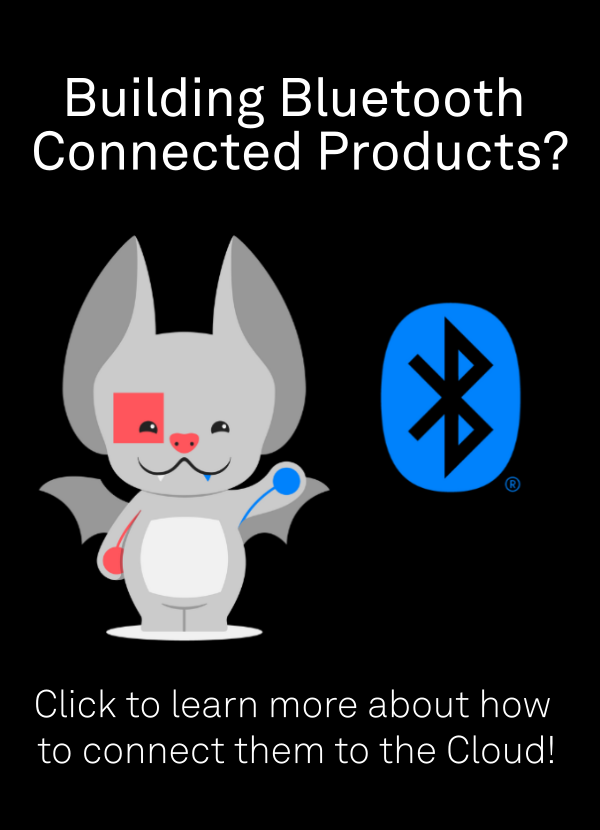Join Golioth engineers on June 25th, 2025 for a free Zephyr training to get started developing IoT products based on Zephyr RTOS. Training is held via video-chat but you do need to have a dev board to follow along so sign up now for full details.
Why Zephyr Training?
Zephyr is one of the fastest-growing RTOS ecosystems in the embedded world—but getting started can be overwhelming. That’s why Golioth offers free Zephyr training sessions every quarter: 3 hours of expert-led, hands-on learning designed to jumpstart your development. Whether you’re building a prototype or preparing for scale, we’ll show you how to accelerate your path to market. Learn how Golioth simplifies cloud connectivity, fleet management, and data routing—so you can focus on building great devices, not backend infrastructure.
What’s tough about Zephyr
Zephyr continues to be a challenge for new users for a few reasons:
- The size of the project
- Expectations around embedded development
- Tooling challenges
The size of the project
As the saying goes: How do you eat an elephant? One bite at a time (please, don’t eat elephants). But in the case of Zephyr…well that’s a lot of elephant (ok, code).
The truth is with a project like Zephyr you need to start from a sane default. In the general case, this means starting with a supported development board. Other RTOSes and developer ecosystems encourage you to start with a UART, a hello_world.c, and maybe a pin configuration tool. Zephyr’s use of Devicetree and KConfig means you should lean on boards that have all pin mappings and settings in place for the standard demos. We have that for the Zephyr samples we build in our training.
Expectations around embedded development
Hardware and firmware engineers who are moving up the stack from register reads and assembly are going to have a difficult time because of the layers of abstractions in Zephyr. These are related to the Devicetree and KConfig requirements, but really pay dividends later. You can always dive under the hood later, but it isn’t the recommended path for beginners.
Tooling Challenges
Another complexity of the Zephyr ecosystem is tied to expectations: you won’t receive a single vendor .exe file that installs an Eclipse IDE. There are IDE options, often VS Code plugins from the hardware vendors. But this new way of working is challenging for engineers that just want to know “where to click”. We are sure to guide you along the way with helpful instruction on some command line arguments, as well as highlighting how the tooling might be simplified.
Golioth’s Zephyr training is free and open
Don’t just take this article’s word for it: you can go and read the instructions we use during our live training. It’s a step-by-step on how we solve some of the above challenges:
- We start users out with a binary they will use to explore Golioth and Zephyr to keep things focused and simple. We specify two well-supported development boards you’ll need to buy to have a standardized experience.
- We highlight the tooling required and walk you through the difficulties of KConfig and Devicetree as we build simple Zephyr samples
- We host all of our tooling in Microsoft / Github Codespaces (free), so you don’t need to install Zephyr’s SDKs and build systems on your local machine. This cuts down on our need to troubleshoot individuals’ system idiosyncrasies and standardizes the built Zephyr binaries.
You can sign up for free today! Note that shipping times for the required development boards means you should be planning to purchase hardware right after signing up (don’t worry, we’ll email you which boards you should purchase). See you there!



No comments yet! Start the discussion at forum.golioth.io